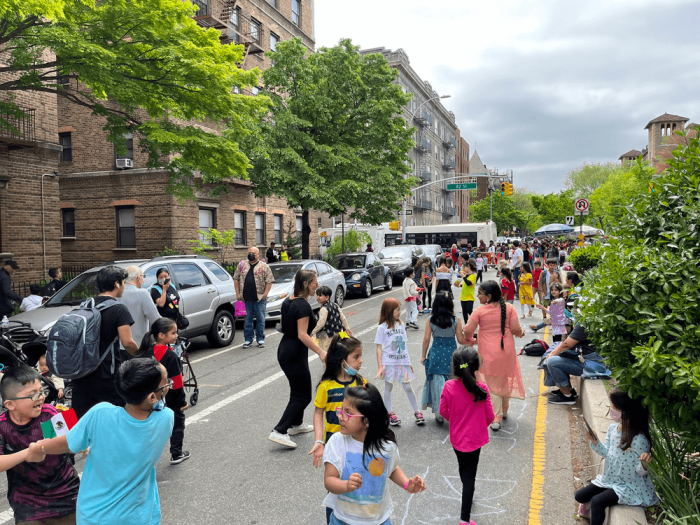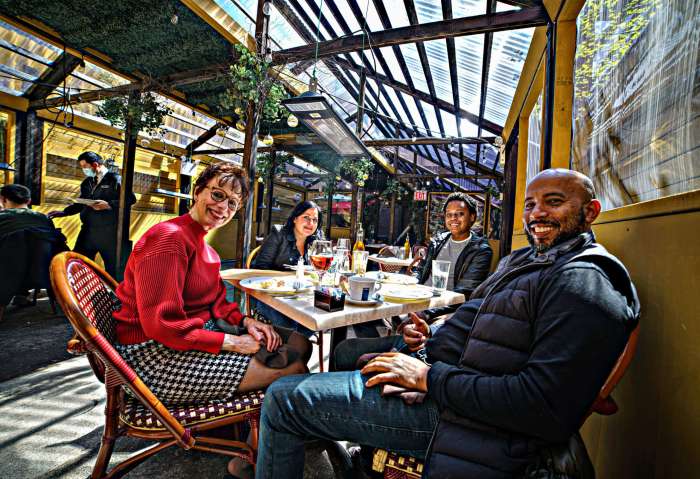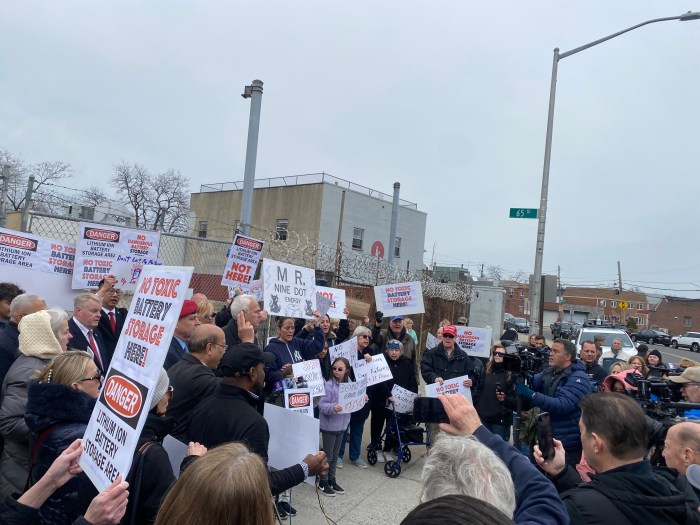
The city is testing a new system to direct homeless New Yorkers out of the subways and away from the courts.
As part of a pilot in Manhattan, homeless individuals found violating MTA rules — including fare evasion or lying outstretched — will be able to avoid paying civil summonses by opting into a new Subway Diversion Program offering a host of social support services. Advocates sharply criticized the idea as misguided, while Mayor Bill de Blasio touted finding the “right balance” of enforcement and outreach.
“New Yorkers want homeless people in the subway to receive the right interventions that will help them get back on their feet,” de Blasio said in a statement. "Subjecting these individuals to criminal justice involvement for low level, nonviolent offenses is not the answer and does not help anyone.”
There are an estimated 3,588 “unsheltered” New Yorkers who reside on the streets and in the subways according to city data from the Department of Homeless Services. Many of those individuals seek shelter from the elements in the subway system. About 61 percent of those unsheltered New Yorkers said they sleep in the subways, according to a DHS survey in January — a reality that can also impact train service.
The new effort comes as the city continues to grapple with the homeless crisis, and as more lawmakers seek to lessen the penalties for low-level offenses amid a historic drop in crime. But Giselle Routhier, policy director at the Coalition for the Homeless, disagrees with the use of police to "chase (the homeless) in circles."
“The NYPD’s misguided new policy will only serve to further criminalize homeless New Yorkers through useless summonses,” Routhier said. “There is no criminal justice or policing solution to homelessness in New York City. People avoid services and shelters for a variety of legitimate reasons, the most important being the shortage of safe, welcoming shelter beds and permanent and supportive housing.”
The city’s police force will be relied on as the front line for the new program, which will also be supported by the nonprofit Bowery Residents’ Committee. When police observe a homeless person breaking a transit rule, an officer can recommend joining the program in lieu of paying a summons.
If a homeless person chooses to participate, they’ll be taken to one of four offices in Manhattan, where the BRC will conduct an assessment on housing, mental health and substance use. The organization could then refer the individual to services like detox placement; dedicated overnight and safe haven beds; drop-in services or shelter intake.
“Our Office is proud to continue investing in structural reforms that keep New Yorkers out of the justice system and provide more meaningful interventions instead,” said Manhattan District Attorney Cy Vance in a statement. “Unsheltered people living in the subway need services — not arrests and court appearances for technical violations of transit rules.”
The MTA has experienced a 237% increase in incidents involving homeless New Yorkers over the last decade, from 254 such incidents in 2008 to 856 last year. Of those incidents last year, 659 led to the delay of at least one train.




































